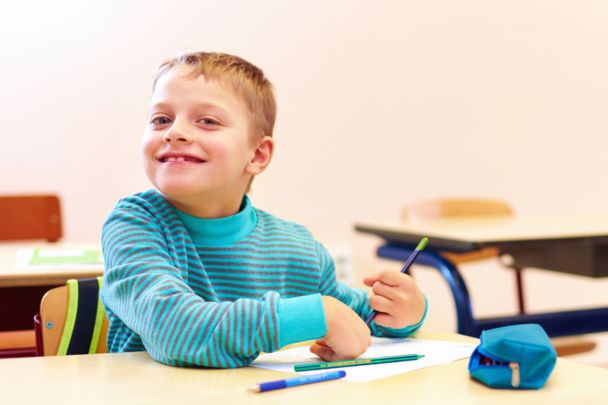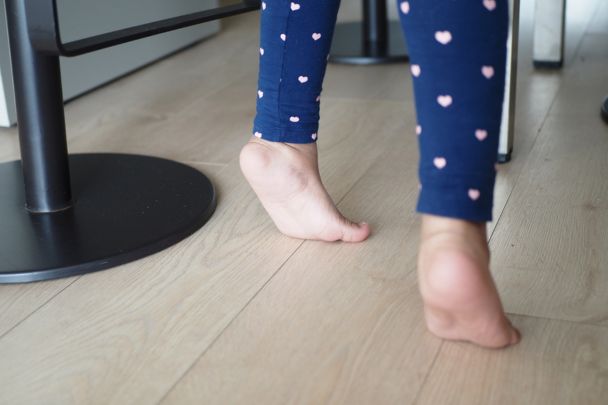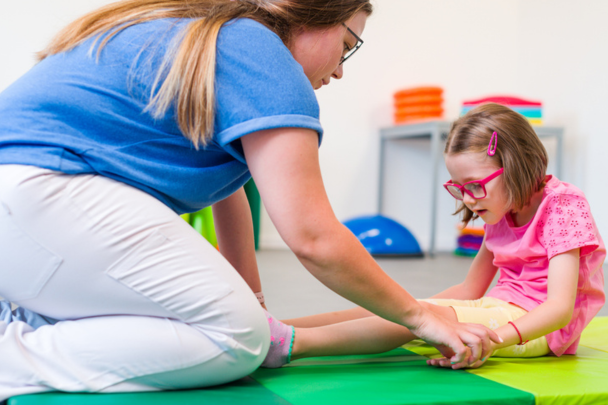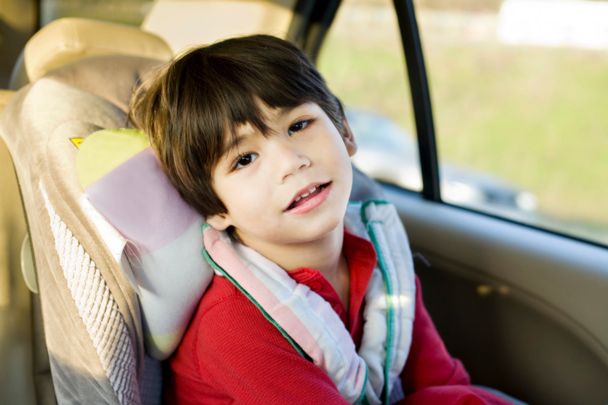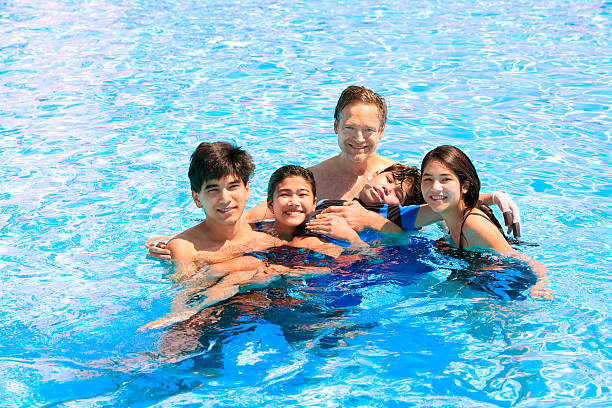Spastic diplegia is one of the most common types of cerebral palsy (CP), and it primarily affects movement and muscle tone in the legs. For parents, understanding how spastic diplegia impacts their child’s daily life and what can be done to improve mobility can make a significant difference in navigating care and support.
Dr. David Siambanes provides specialized orthopedic care for children with spastic diplegia in Tampa Bay and the surrounding areas. His expertise in pediatric orthopedics, spinal deformities, and motion analysis helps families explore the most effective treatments for improving movement, comfort, and independence.
What is Spastic Diplegia?
Spastic diplegia is a form of cerebral palsy that results from damage to the part of the brain responsible for controlling movement. In spastic diplegia, this damage leads to increased muscle tone (spasticity) in the legs, while the arms may be only mildly affected or not at all.
The term spastic refers to muscle stiffness or tightness that makes it harder to move certain parts of the body. Diplegia means that the condition affects both sides, primarily both legs.
How Spastic Diplegia Affects Movement
Children with spastic diplegia often have tight muscles in the hips, thighs, and calves. This muscle stiffness can make walking, standing, and balance more difficult. Common signs of spastic diplegia include:
- Toe walking due to tight calf muscles pulling the heels off the ground
- Scissoring gait, where the legs cross at the knees when walking
- Stiffness in the hips and knees, limiting the range of motion
- Difficulty with balance and coordination, leading to frequent falls or trouble with activities like running
- Weak core muscles, making posture and stability harder to maintain
While many children with spastic diplegia can walk, their walking may be slow, awkward, or energy-consuming. Some children may need walkers, crutches, or wheelchairs for longer distances.
How Muscle Tone is Affected in Spastic Diplegia
In spastic diplegia, the increased muscle tone means that certain muscles are always “on.” They are tighter than they should be, even when the child is at rest. This ongoing tightness:
- Makes stretching and straightening the legs difficult
- Can lead to joint contractures (permanent tightening of muscles and tendons) over time
- Contributes to discomfort or pain, especially as the child grows
The uneven pull of tight muscles can also cause joint deformities, such as hip dislocation or curvature of the spine (scoliosis), if not properly managed.
Available Treatments to Improve Mobility
While there is no cure for spastic diplegia, there are many treatments that can help improve mobility, reduce discomfort, and prevent complications. The goal is to create a personalized plan that meets your child’s unique needs.
Physical Therapy
Physical therapy is one of the most important treatments for spastic diplegia. Therapists work with children to:
- Stretch tight muscles
- Strengthen weaker muscles (especially in the core)
- Improve balance and coordination
- Practice walking and other functional movements
Consistent therapy helps reduce stiffness and supports better posture and mobility over time.
Bracing and Orthotic Devices
Ankle-foot orthoses (AFOs) and other braces are often used to:
- Support the feet and ankles
- Prevent toe walking
- Encourage better alignment during standing and walking
Braces are custom-made to fit your child and may be worn during the day, at night, or both, depending on their needs.
Medications and Injections
For children with significant muscle tightness, medications may help:
- Oral medications can relax muscles, though they often affect the whole body and may cause side effects.
- Botox injections can be used to target specific tight muscles, temporarily reducing spasticity and improving range of motion.
Botox is often combined with therapy and bracing to maximize benefits.
Serial Casting
Serial casting involves placing a series of casts on the legs to gently stretch tight muscles over time. This non-surgical approach can help improve ankle flexibility and reduce toe walking.
Surgical Options
When other treatments are not enough, surgery may be recommended. Dr. Siambanes specializes in orthopedic surgeries that can:
- Lengthen tight muscles or tendons (such as the hamstrings or Achilles tendon)
- Correct bone or joint deformities
- Improve hip stability and reduce the risk of dislocation
These procedures can significantly enhance walking ability, comfort, and overall quality of life.
How Dr. Siambanes Can Help Children with Spastic Diplegia
Dr. David Siambanes is a board-certified orthopedic surgeon with fellowship training in pediatric orthopedics and spinal deformities. His passion for caring for children with disabilities has led him to become a leader in cerebral palsy treatment.
At Children’s Cerebral Palsy, Dr. Siambanes combines surgical expertise with advanced technology. As director of the Motion Analysis Center at St. Joseph’s Children Hospital, he uses 3-D gait analysis to assess your child’s walking patterns and pinpoint the specific barriers to better movement. This allows for a highly personalized approach to treatment, whether that means therapy, bracing, injections, or surgery.
Dr. Siambanes has helped countless children with cerebral palsy and spastic diplegia achieve greater independence, reduce pain, and improve their ability to participate in daily life.
Help Your Child Regain Mobility
Spastic diplegia presents unique challenges, but with the right care, children can make remarkable progress. Dr. Siambanes is dedicated to working alongside families to provide comprehensive, compassionate care every step of the way.
If you have questions about your child’s movement or muscle tone, or if you’re exploring treatment options for spastic diplegia, contact us today to schedule a consultation with Dr. Siambanes. Together, we can help your child take meaningful steps toward improved mobility and confidence.


